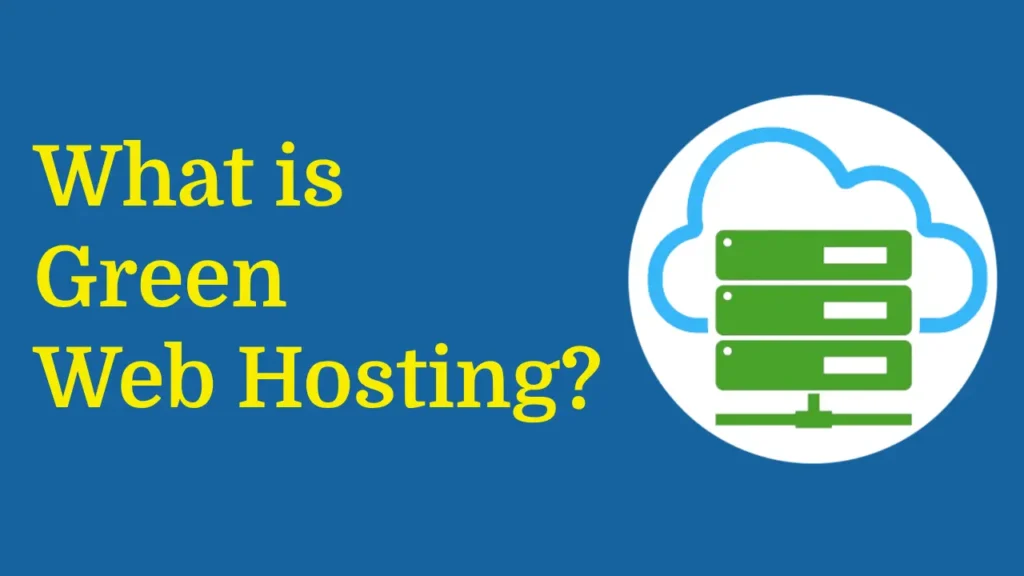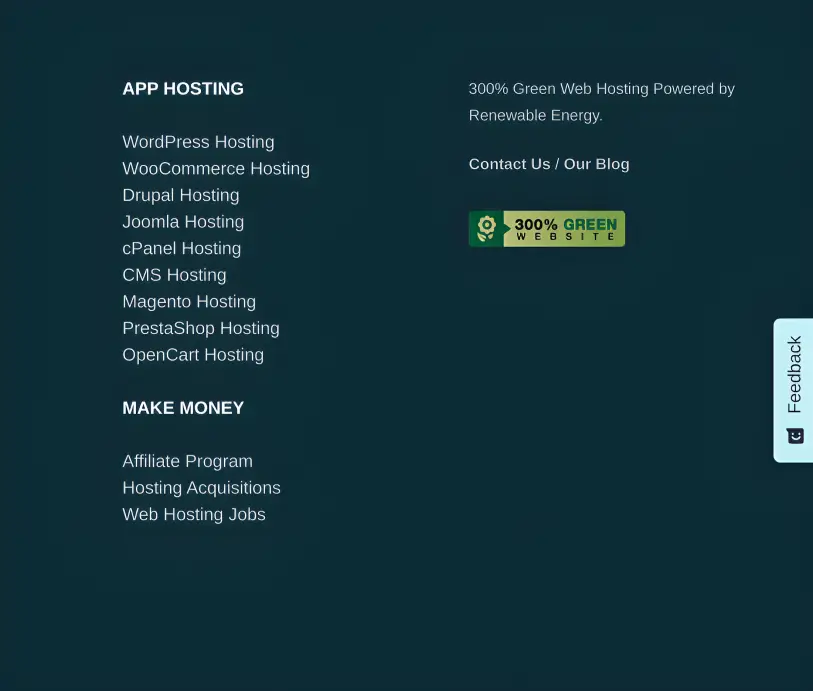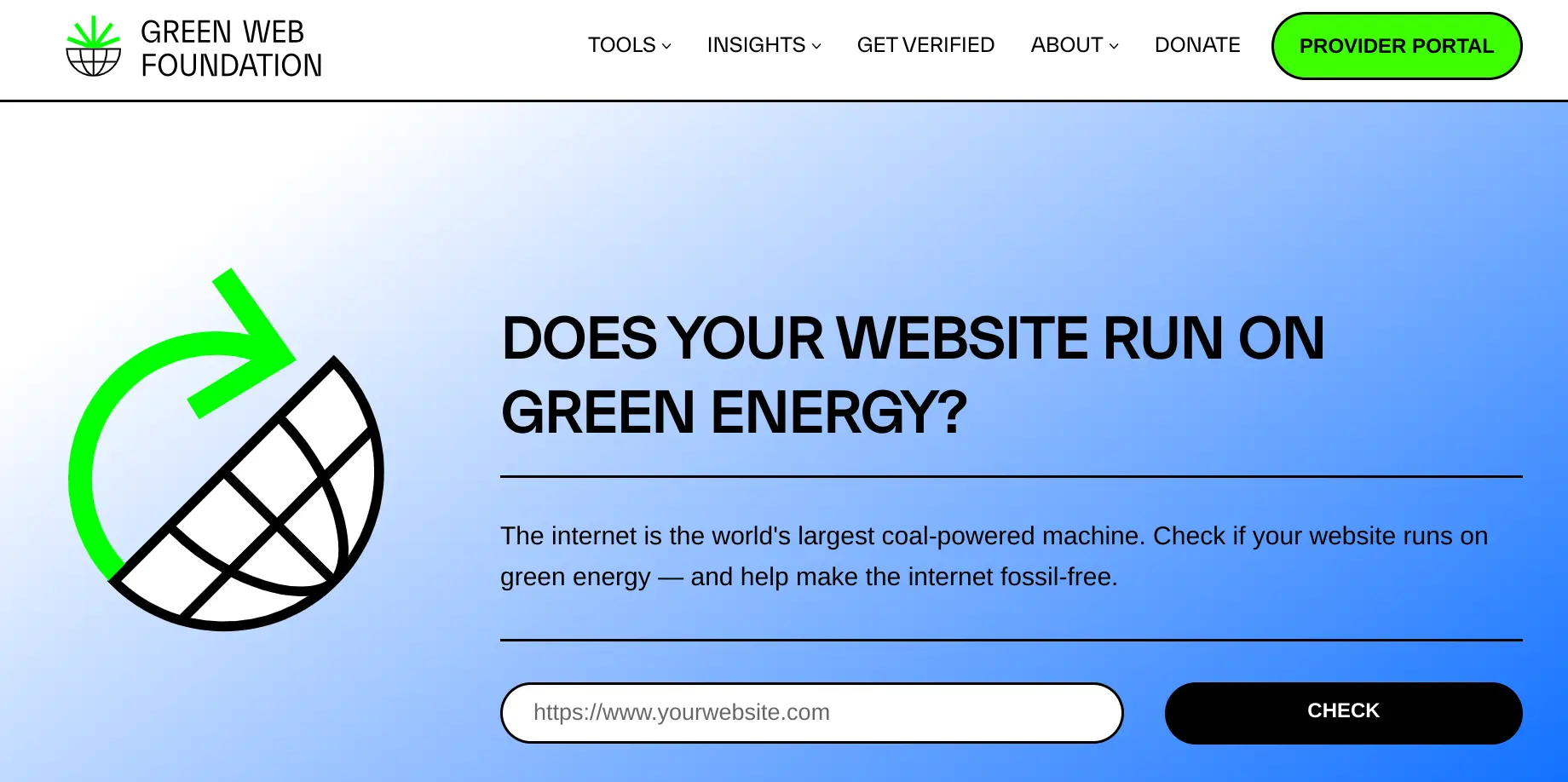Global warming is basically the gradual increase in the earth’s average temperature for a long period of time. It causes extreme droughts, floods, wildfires, tropical storms, and human diseases.
Burning fossil fuels such as natural gas, oil, and coal for heat, energy, and electricity production contributes to global warming. Because burning fossil fuels releases a large amount of greenhouse gases, including carbon dioxide and methane into the air, these gases then trap heat in our atmosphere, causing global warming.
Now let’s come to the main point.
When you access a webpage on the internet, it emits an average of 0.8 grams of carbon dioxide. This is because websites are hosted on servers in data centers that use electricity to operate and about 60% of global electricity is produced by burning fossil fuels, which in turn generate carbon dioxide.
According to Statista’s report for April 2024, there are 5.44 billion internet users out of the total world population, which is nearly 8 billion.
Now just imagine if that 5.44 billion people visited several web pages in a day, how much of a corban footprint would be generated in a single day? Wouldn’t they pollute our planet? Absolutely, yes, they would. Therefore, we need to reduce the emissions of carbon dioxide to protect the earth from pollution.
But what is the solution?
Green web hosting is the best solution to reduce the internet’s carbon footprint. It follows the best practices to reduce the impact of web hosting on the environment while providing similar web hosting services, just like traditional web hosting.
Now let’s introduce you to green web hosting in detail.

Table of Contents
What is Green Web Hosting?
Green web hosting, also known as sustainable web hosting, is basically an eco-friendly way to host websites, which minimizes the environmental impact of the web host’s data centers.
The main difference between traditional hosting and green hosting is that green hosting companies take preventative measures to reduce the carbon dioxide emissions generated by their data centers, while traditional or conventional hosting providers usually don’t care about minimizing their environmental impact.
Strategies and Practices that Geen Web Hosting Use
Green web hosting providers use various strategies and practices to reduce their impact on the environment, including:
- Using Renewable Energy Sources: Green web hosting providers typically use wind power, solar power, bioenergy, and hydroelectric to operate their data centers. This way, they can significantly reduce their carbon footprint.
- Investing in Solar or Wind Projects: They invest in solar or wind projects to produce an equal or greater amount of energy than what is consumed by the web host then feed that generated energy back into the grid.
- Purchasing Green Tags: Some green hosting companies purchase Green Tags from certified suppliers; the supplier then puts a specified amount of energy into the grid on behalf of the web host.
- Purchasing Carbon Credits: A carbon credit is a permit that allows owners to release a certain amount of carbon dioxide or other greenhouse gases. Purchasing one carbon credit will allow the owner to emit one ton of carbon dioxide or other equivalent greenhouse gases. The government issues and sells them and it invests the received money in reforestation, renewable energy, and other green projects. Therefore, hosting companies purchase carbon credits to compensate for their carbon footprint.
- Planting Trees: Some hosting companies plant trees themselves to compensate for the carbon footprint generated by their data centers. GreenGeeks plants a tree for every customer who signs up for their service. Quite Impressive!
- Minimizing Energy Consumption: Companies can use various techniques to reduce power consumption, like using outdoor air to cool data centers or purchasing efficient cooling systems to make servers and network infrastructure more energy-efficient.
In addition, there are more strategies and practices that green hosting companies use in order to reduce the impact of their data centers on the environment.
Green Web Hosting Certification and Its Types
What is a green web hosting certificate?
A green web hosting certificate is a verification or proof that shows the web hosting company uses renewable energy sources to operate its data centers. It confirms that the web host’s data centers don’t emit carbon dioxide and don’t pollute the environment.
Typically, each server in a data center releases hundreds of kilograms of carbon dioxide, but a hosting company that has a green certificate proves that it has zero carbon footprint.
Types of Green Web Hosting Certificates
There are many types of green web hosting certificates but the two most popular are Renewable Energy Certificates and Carbon Offset Certificates.
#1. Renewable Energy Certificates (RECs)
The RECs are also known as Green Tags, Renewable Electricity Certificates, and Tradable Renewable Certificates.
When a web hosting company has a renewable energy certificate, it basically proves the hosting company has purchased one megawatt-hour of electricity that has been produced from a renewable energy source and fed back into the electricity grid. It also verifies that the power used by the web host to run its data centers has been replaced by a renewable electricity provider.
In addition, it certifies the hosting company as carbon neutral, which means the web host keeps a balance between emitting carbon and absorbing carbon from the atmosphere.
#2. Carbon Offset Certificates
Web hosting companies acquire Carbon Offset Certificates to compensate for their annual carbon dioxide emissions. Each certificate is equivalent to one ton of emissions that have been offset.
If a web hosting company emits one ton of carbon dioxide, they can purchase a Carbon Offset Certificate that supports a project, which proactively avoids releasing an equal amount of carbon dioxide. This makes the web hosting company carbon-neutral.
Advantages of Green Web Hosting
Green web hosting also comes with all the features and benefits that traditional hosting provides, such as better performance, security, and customer support. In addition, it has many other advantages for the environment and business.
#1. Environmentally Friendly Solution
The biggest advantage of green web hosting is that it doesn’t damage the environment. It either uses renewable energy sources such as solar power to run its data centers or purchases green tags to ensure it feeds back the energy to the grid it consumes.
It’s worth mentioning that renewable energy sources such as wind power or solar power don’t release carbon emissions as part of electricity production. This way, it significantly reduces carbon dioxide, which is harmful for the environment.
#2. Helps in Building Your Business Profile
Nowadays, people want to use eco-friendly products because they are beneficial for both people and the environment. Therefore, if you choose green hosting and add a green label to your website, you will be the preferred choice for customers who are concerned about the environment.
In addition, opting for green will give you a unique selling point and a strong story to tell your customers that you care about the environment, which will enhance your business profile.
#3. Cheaper than Convential Hosting
Convential hosting uses a lot of electricity (generated by non-renewable sources) to run its data centers and network infrastructure, making it an expensive product. While green web hosting uses renewable energy sources such as solar power, which is just have installation cost, making it a cheaper solution. Therefore, green web hosting packages are comparatively cheaper.
How Do I Know If A Website is Green-hosted?
There are a few methods you can use to determine whether a particular website is green-hosted or not. Let’s explore them.
#1. Locate A Green Label on Your Hosting Provider’s Website
Visit your web hosting provider’s website and look for the green labels on it. Let’s say I have hosted my website on GreenGeeks, so I’ll go to their website and look for the green label. Once I accessed the website and scrolled down to the bottom, I found a green label, as you can see in the image below. This means that my website is green-hosted.

#2. Contact the Customer Support Team and Ask Them
You can also contact the customer support team of your hosting provider to ask them whether they have hosted your website on a green server hosting.
#3. Check Your Website Through Online Tools
You can also use various online tools, such as the Green Web Check by the Green Web Foundation. It just asks you to enter your website URL and they will then check whether your website is hosted by a verified green hosting provider or not.

Conclusion
Every individual and business should take care of the environment and take preventative measures to protect it. Webmasters should choose the green web hosting service to significantly reduce the environmental impact of data centers.
Green web hosting not only protects the environment but also helps you save money and enhance your business profile.
Now, which green web hosting company should you choose? What are the best green web hosting providers? Read our exclusive Top 7 Best Green Web Hosting Providers blog post.
Read More: How to Choose A Web Hosting Provider? (25 Factors to Consider)


